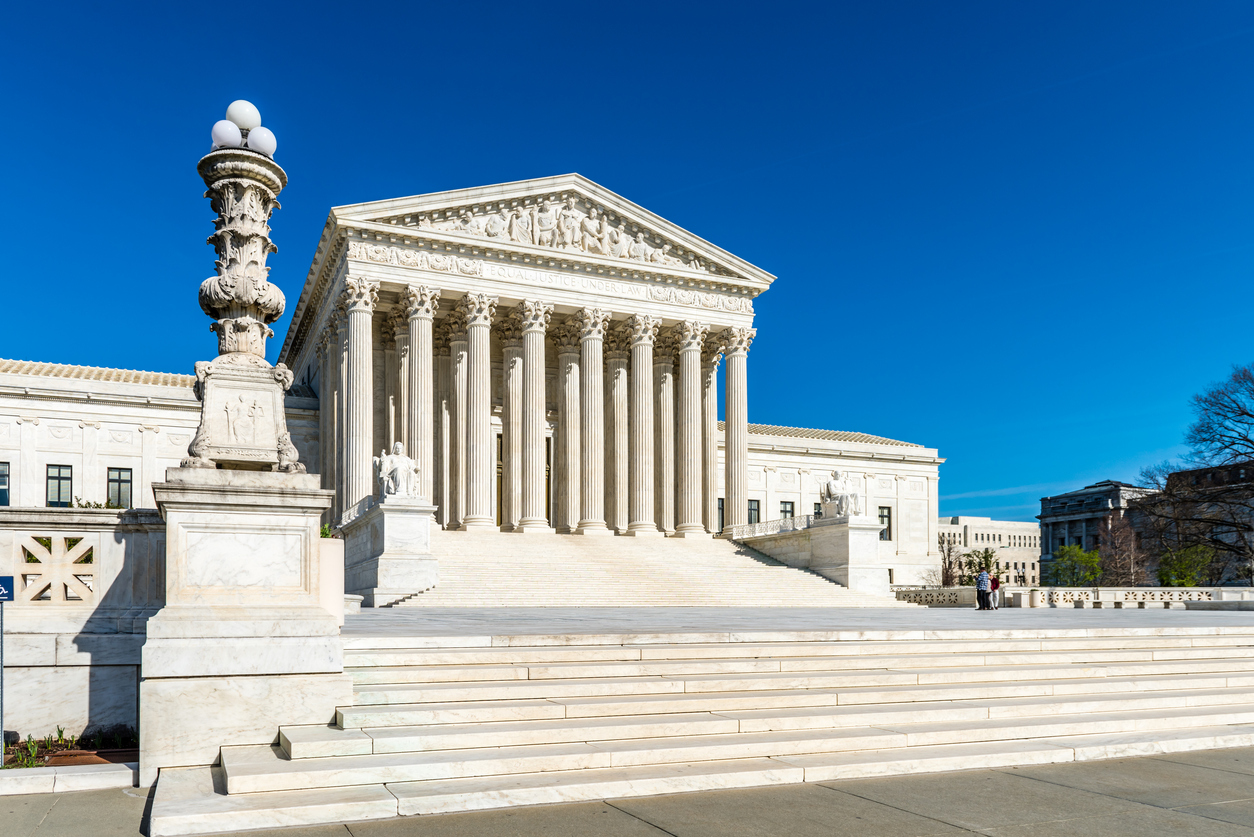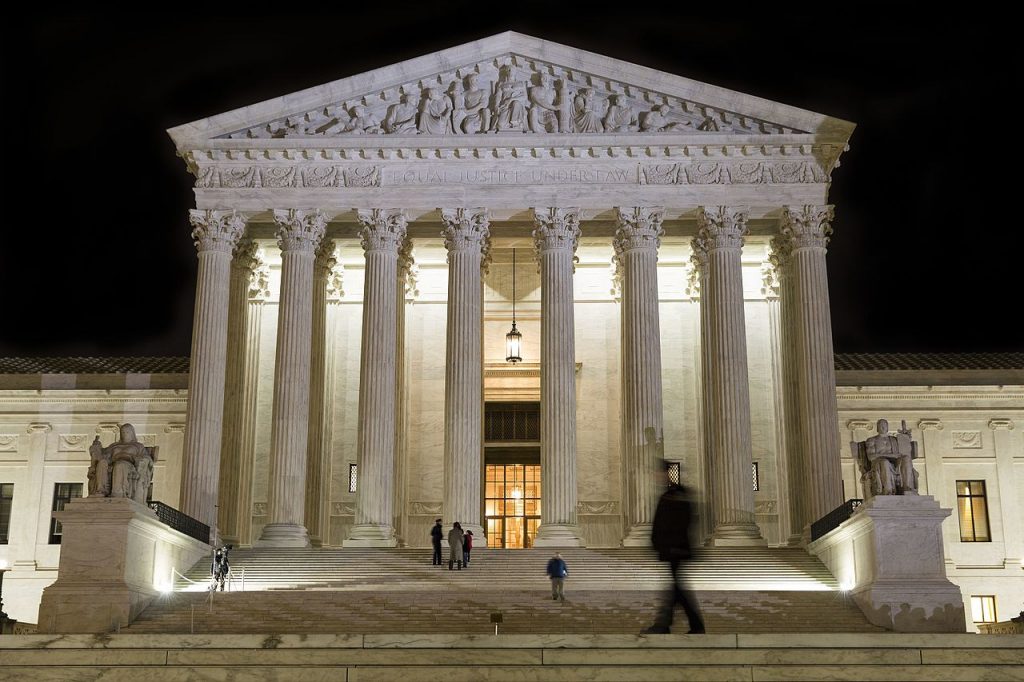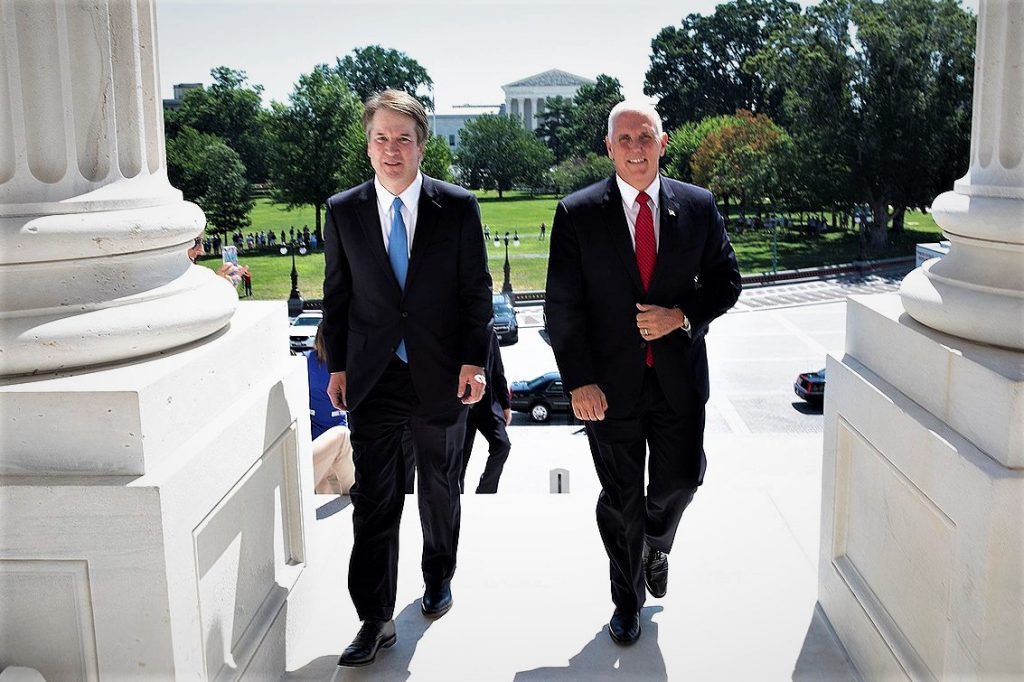
30 May Supreme Court Overturns “Watershed” Exception to Retroactivity Rule
The United States Supreme Court is making headlines more now than ever before. Most recently, the highest court in the country made headlines after agreeing to take up a case that likely spells the end of Roe v. Wade, the longstanding precedent on abortion rights. But, if you’re waiting to see whether the Supreme Court will strike down longstanding precedent, you’ve already missed it. That’s because, in Edwards v. Vannoy, the Supreme Court overruled the “watershed” exception to its general rule that Supreme Court decisions interpreting and applying rules of criminal procedure do not apply retroactively.
In general, “new” rules of criminal procedure do not apply retroactively.
Under United States Supreme Court precedent, a “new” rule of criminal procedure applies retroactively to cases on direct review. This means that the specific criminal defendant in the case before the Supreme Court receives the benefit of the “new” rule even though their trial already concluded. The opposite is true on collateral review. A “new” rule of criminal procedure ordinarily does not apply retroactively in other criminal defendants’ cases.
The adjective “new” is used in quotation marks in this context because the rules of criminal procedure aren’t actually new. Instead, they come from longstanding constitutional provisions that courts interpret and apply in a different way. For example, in Ramos v. Louisiana, the Supreme Court held that the Sixth Amendment’s right to a fair trial requires an unanimous jury verdict to convict. The Sixth Amendment’s fair-trial guarantee isn’t new by any means. But, arguably, the Supreme Court’s decision clarifying the unanimity requirement was. (This point is arguable at best given the Supreme Court’s lengthy and consistent history of decisions reflecting that unanimity always has been required.)
The interaction between Ramos v. Louisiana and Edwards v. Vannoy illustrates the application of this general rule. For Evangelisto Ramos, the Supreme Court’s decision that the Sixth Amendment requires unanimous guilty verdicts means he gets a new trial. For Thedrick Edwards, a criminal defendant in an almost identical situation, the Supreme Court’s decision that the Sixth Amendment requires unanimous guilty verdicts means nothing.
These outcomes are as hard to rationalize as they are unfair. Unconstitutional, nonunanimous juries convicted both defendants. Yet one man—simply because of the fact that the Supreme Court chose his case first—gets a new trial while the other sits behind bars for the rest of his life with no recourse at all.
But this general rule against retroactivity has long had one significant exception.
Although the Supreme Court has long recognized the general against retroactively applying “new” rules of criminal procedure on collateral review, this general rule has not been without exception. Instead, in a 1989 case called Teague v. Lane, the Supreme Court announced the general rule that “new constitutional rules of criminal procedure will not be applicable to those cases which have become final before the new rules are announced.”
In doing so, however, the Court also noted two exceptions. The first exception focuses on private individual conduct and has no relevance in criminal cases. The second exception, however, does. The Teague Court described it as follows: “that a new rule should be applied retroactively if it requires the observance of those procedures that … are implicit in the concept of ordered liberty[.]” (Citations and internal quotation marks omitted.)
This exception came to be known as the “watershed” exception. This was because there was “no doubt that … the second exception [was] to be reserved for watershed rules of criminal procedure….” Even in recognizing that exception, though, the Teague Court was carefully to state that it was “unlikely” that such “watershed” rules would come to east. And, according to the Court’s decision in Edwards v. Vannoy, the Supreme Court never found that a new rule of criminal procedure satisfied that “watershed” exception.

The Supreme Court’s decision on the “watershed” exception in Edwards v. Vannoy was simple: If you don’t use it, you lose it.
Perhaps the “watershed” exception gave litigants false hope. Over the past 30-plus years, many criminal defendants have unsuccessfully tried to invoke the exception. Even in Teague v. Lane, for that matter, the exception didn’t apply. And the “new” rule of criminal procedure in that case — the constitutional right to a jury that is made up of a fair cross section of the community — is part of constitutional provisions as old as the Sixth Amendment’s right to a fair trial. Maybe, as Justice Brett Kavanaugh wrote in Edwards v. Vannoy, the exception truly has been one that is “theoretical, not real.”
Does the “watershed” exception apply to the right to a jury made up of a fair cross section of the community? No. Does it apply to Miranda rights? No. What about the Fourth Amendment’s exclusionary rule? Still no. These rules of criminal procedure are undoubtedly important, even if they aren’t as important as the unanimity requirement. But in every case, much like Edwards v. Vannoy, the Supreme Court rule that the “watershed” exception simply did not apply.
But, unlike in those cases, the majority opinion in Edwards v. Vannoy did something different. Justice Kavanaugh, writing for the majority, did something no Supreme Court justice had done since Teague v. Lane. It overruled the “watershed” exception, leaving it “moribund” and “as retaining no vitality.” (Citations and internal quotation marks omitted.)
Justice Kavanaugh, the Court’s second most junior justice, brought the exception to an abrupt end.
Justice Kavanaugh’s opinion overruling the “watershed” exception asked a big question. “If landmark and historic criminal procedure decisions … do not apply retroactively on federal collateral review, how can any additional new rules of criminal procedure apply retroactively on federal collateral review?”
For Justice Kavanaugh, the answer was simple: “At this point, some 32 years after Teague, we think the only candid answer is that none can—that is, no new rules of criminal procedure can satisfy the watershed exception.” Consequently, he wrote, “We cannot reasonably continue to suggest otherwise to litigants and courts.” Doing so, Justice Kavanaugh said, would “offer[] false hope to defendants, distort[] the law, mislead[] judges, and waste[] the resources of defense counsel, prosecutors, and courts.”
Accordingly, the Supreme Court overturned the “watershed” exception. “It is time—probably long past time—to make explicit what has become increasingly apparent to bench and bar over the past 32 years; New procedural rules do not apply retroactively on federal collateral review.”

The decision to end the “watershed” exception is important, but what it means for future decisions might mean even more.
The Supreme Court’s decision to overturn the “watershed” exception is significant. Before Edwards v. Vannoy, at least a possibility existed that the Supreme Court could later unwind serious constitutional violations. Perhaps that possibility was a small one, but it was still there. And, at least one would hope, the possibility itself acted as a bit of a deterrence against those constitutional violations in the first place. Now? That possibility is gone.
Equally gone is the Supreme Court’s longstanding reluctance to overturn decades-old precedent on a whim, especially in cases where it wasn’t even asked to do so. The Supreme Court didn’t have to overturn the “watershed” exception in Edwards v. Vannoy. Like it had countless times before, it could have just ruled that it didn’t apply. But the Supreme Court now features a Republican-heavy dynamic. And it will grow harder and harder for the judges in power to refrain from actively unwinding Supreme Court decisions from the past.
That leaves us with another big question: What longstanding precedent will be the next to go?

